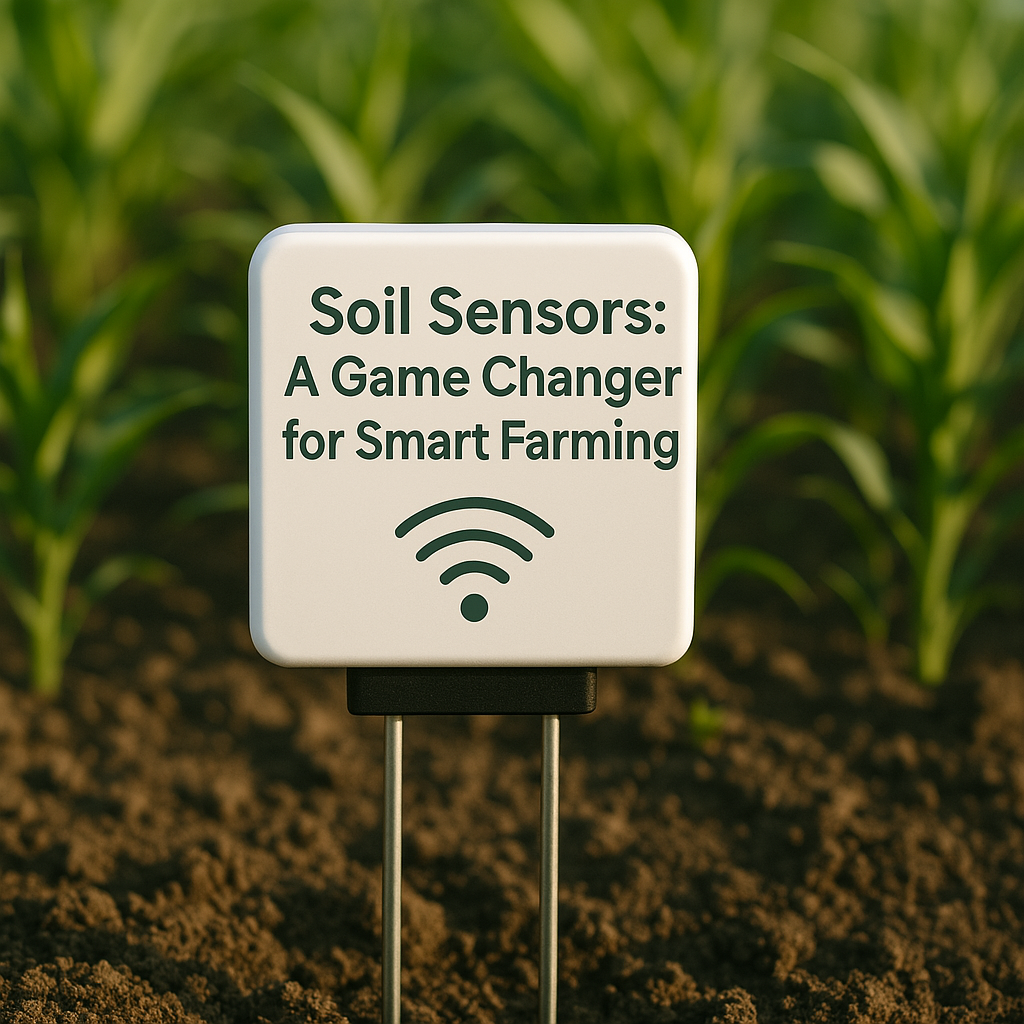Soil Sensors: A Game Changer for Smart Farming
1. What is a soil sensor?
It’s a small device placed in the field that gives real-time information about the soil—like how much moisture is there, what’s the temperature, how acidic the soil is, and even if nutrients are enough or not.
2. Why is it useful for farmers?
-
Tells exactly when to irrigate – no guesswork.
-
Saves water, fertilizer, and time.
-
Helps avoid overwatering or under-fertilizing.
-
Supports better crop health and higher yields.
3. What can it measure?
-
Soil Moisture: Know if the soil is dry or wet.
-
Soil Temperature: Important for germination and root growth.
-
Soil pH: Helps understand whether soil is too acidic or too alkaline.
-
Nutrient Levels: Know if your crop is lacking NPK.
4. How does it help in decision-making?
Farmers don’t need to rely only on experience. With real-time data, they can make precise decisions about watering, fertilizing, and even sowing.
5. Where is it being used?
-
In banana, sugarcane, vegetable, and fruit crops.
-
Widely used in polyhouse and precision farming.
-
Useful for export-oriented and residue-free farming.
6. Why consider it now?
With rising input costs and water scarcity, every drop and every kilo of fertilizer matters. Soil sensors help reduce waste and increase profit.
